Current Developments in Iran: Impact on Pakistan and the Region
Iran is back in the spotlight since the death of 22-year-old Mahsa Amini, an Iranian Kurd. Her death in the custody of Iran’s Guidance Patrol (گشت ارشاد) resulted in spontaneous protests throughout the country. Her family alleged torture while authorities attributed her death to multiple organ failure caused by cerebral hypoxia. The CCTV footage also corroborates the state narrative and Amini can be seen collapsing while speaking to a female officer in a room full of people.
Nonetheless, the incident instigated protests against Iran’s restrictive policies in and beyond Iran. Some western analysts started predicting ominous outcomes for Iran’s theocratic regime. International human rights organizations raised their concerns over what they consider state repression in Iran. The protests have, however, remained limited to the hijab ban only and have not changed into a political or social movement. However, the obvious dissent might push the Iranian government to certain adjustments in their treatment of the public and the rules set for them.
The Several Dimensions of the Protests
 In the wake of the protests, various dimensions and perspectives have created a smokescreen. The central slogan of this movement is “Zan, Zindagi, Azadi”, translated as “Women, Life, Freedom” and signifies sociopolitical, gender, ethnic and religious underpinnings. The curious international media, particularly that in the US, UK, and France, has framed it as a movement for freedom from the theocratic control. Chinese and Russian media, on the other hand, assigned a low profile to the matter. Social media remained an important tool to generate an impression of widespread public discontent and violent happenings that have caused the Iranian regime to crumble.
In the wake of the protests, various dimensions and perspectives have created a smokescreen. The central slogan of this movement is “Zan, Zindagi, Azadi”, translated as “Women, Life, Freedom” and signifies sociopolitical, gender, ethnic and religious underpinnings. The curious international media, particularly that in the US, UK, and France, has framed it as a movement for freedom from the theocratic control. Chinese and Russian media, on the other hand, assigned a low profile to the matter. Social media remained an important tool to generate an impression of widespread public discontent and violent happenings that have caused the Iranian regime to crumble.
The Iranian state narrative challenges the western news projection and calls out the western monopoly over media outlets and social media as western dictatorship. The west’s monopoly over social media and virtual space has raised multifold challenges for Iran. The Supreme Leader Ali Khamenei is of the view that the protests are instigated by the US and Israel. He labels this as a plot by enemies including the separatist groups in the country.
The international human rights organizations call for a UN-led probe into the violations of human rights in Iran. Human Rights Watch also advocated for a special session of the UN Human Rights Council on Iran. Some startling figures are quoted to show that more than 200 people, including teenage girls, have been killed during the government crackdown on protests.
Another interesting dimension is that these protests lack any central leadership but have already attracted huge domestic and global attention. Despite all the questions on veracity of the allegations against the Guidance Patrol, the country is facing international resentment in the form of sanctions. The US has imposed new rounds of sanctions in response to Tehran’s efforts to quash the protests. The EU too has approved sanctioning Iran. The new sanctions may lead to further economic stagnation that could instill more grievances in the already deprived Iranian population.
Critical Analysis
A critical analysis of this whole episode is crucial for a rational conclusion. The protests in Iran must be seen holistically. One must understand the societal, social and cultural dynamics before politicizing the issue.
In Iran, the hijab is not a new phenomenon. Being more than a religious symbol, hijab carries a cultural meaning. A historical book on the Iranian civilization, Ferdowsi’s Shahnameh,[*] refers to the “embryo of the embryo” about Iranian women, and repeatedly refers to hijab or “chador” to show that Iranian women have worn it since ancient times. It has now become an inherent reality of Iranian culture and society.
Anti-hijab movements have also kept on surfacing in society but could never inspire large-scale public support. Over the centuries, different dynasties ruled Iran but hijab always remained intact. Even when Reza Shah Pahlavi issued a decree in 1936 for kashf-e-hijab to ban hijab, Iranians showed visible resistance. Considering hijab as something imposed by the current regime or politicizing it is a misplaced assumption.
 In the current case too, the movement against hijab was rebutted by the counter protests that showed support to the status quo. The demonstrators chanted slogans against America and Israel and the hijab debate showed sharp political divisions. It seems that such sentiments and their expression will keep on surfacing but it does not currently pose any significant risk to the prevailing political and societal order.
In the current case too, the movement against hijab was rebutted by the counter protests that showed support to the status quo. The demonstrators chanted slogans against America and Israel and the hijab debate showed sharp political divisions. It seems that such sentiments and their expression will keep on surfacing but it does not currently pose any significant risk to the prevailing political and societal order.
The western narratives have painted hijab as a symbol of repression but the presence and vibrant role of Iranian women in all spheres of life clearly indicate otherwise. The insistence by the west to impose its cultural norms, including the dress, is resisted by most Iranians. The world needs to correct its view regarding Iranian women who outnumber men in several fields including higher education. Women also outclass men in many professional fields. Statistics show that female adult literacy has more than tripled – from 24 percent in 1976 (near the end of the monarchy) to 81 percent in 2016. The percentage of women in the workforce almost doubled in three decades – from 11 percent in 1990 to 19 percent in 2020 – as reported by The Iran Primer.
Culturally too, women enjoy a dominant position and have a powerful role in the society, which is often depicted in a commonly used phrase of zan salāri (women’s rule). On marriage, every woman is entitled to a separate home and the obligatory mahr[†] while she retains her father’s name after marriage.
The role of clergy too needs to be put in the right perspective while considering that they came under severe criticism during the current turmoil. Their role in politics is not a post-1979 phenomenon. The influence of clergy dates back to Zoroastrianism when Zoroaster was not only a powerful religious figure but a political figure as well. Since then, the clergy enjoyed a position of influence during successive eras despite the stark differences among them. The people lived through these systems to give this world the great Persian civilization. After the Iranian Revolution, the clergy engrossed more firmly in structures of the Iranian system. Its influence cannot be undone anytime soon. Even when the government might have to leave, the clergy will remain intact.
Notwithstanding these realities, the current protests provided an opportunity to the west to promote its propaganda against Iran and impose further sanctions on this pretext. Since 1979, Iran has lived under these economic shackles and it surely is under acute domestic pressure. Isolated internationally, with a crippled economy, it has a youth bulge. The economy is undoubtedly a factor that pushes the desperate youth into agitation.
Another factor that is adding pressure on the regime is the liberalizing Saudi Vision 2030 that is the opening-up for western practices. A comparison is readily drawn between the two states each of which insists on their interpretation of Islam and are often seen standing against each other in strategic terms too. Iranian reformists too ask for a fundamental change to allow deviation from the traditional Muslim practices. They argue that the current rigid policies are increasing bipolarity in the society.
The continued unrest may bring challenges for the region as well. The region is already under a massive shift. The Afghan Taliban and their incapacity to form an inclusive government, the political and economic instability in Pakistan coupled with the Iranian protests are already causing concern. If Iran fails to effectively cater to the domestic sentiments and international pressure, the consequences may become adverse for the entire region, even if in the longer term. The protests currently have no direct impact but in the long run may contribute to the instability.
Conclusion
The death of Amini received global attention and caused remarkable on-ground protests. It is true that without a unified command and major political agenda, these protests lack the ability to transform into a political movement and that a sizeable majority of Iranian women do not align themselves with this movement, but they surely demonstrate the need for recalibrating the societal frameworks. The disproportionate projection of the news has garnered global attention and social media has shown unprecedented trends to push for a change but the historically embedded ground realities are not ripe for a radical change. As such, the new set of sanctions is aimed at creating more instability.
Politics aside, the public opinion worldwide needs to understand the social and cultural dynamics of the Iranian society before declaring the current resentment a precursor to regime change in Iran. On the other side, Iran must also work out ways to address people’s increasing deprivations as these will create instability. The societal norms can be reinforced through education and motivation and multiple factors impacting a society have to be considered in putting any barriers in social life. Thus, reaching out to the youth and including them in the decision-making process is necessary.
Continued unrest in Iran will have wider regional implications. The region, which is already under immense domestic stress, needs to react cautiously and prudently to help stabilize the situation.
——–
This blog is derived from a discussion held on October 27, 2022, at the Institute of Policy Studies on the situation in Iran. Dr. Nazir Hussain and Ambassador (r) Asif Durrani participated in the discussion.
——–
[*] K.E. Eduljee, “Ferdowsi’s Shahnameh,” Zoroastrian Heritage (2022), https://www.heritageinstitute.com/zoroastrianism/shahnameh/index.htm.
[†] In Islam, a mahr (in Arabic: مهر; Persian: مهريه) is the obligation, in the form of money or possessions paid by the groom, to the bride at the time of Islamic marriage (payment may be immediate of deferred, however).
Disclaimer
Please note that the views and opinions expressed in IPS blogs are solely those of the speaker and do not reflect the views or position of the Institute.



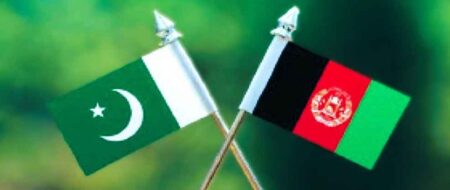
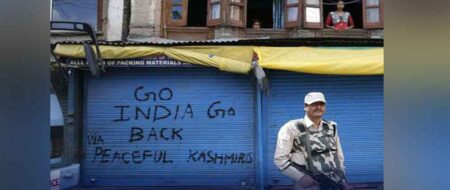
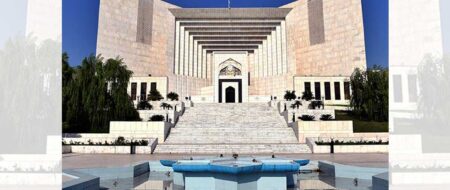
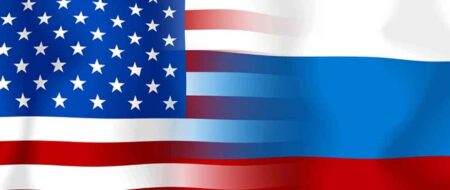

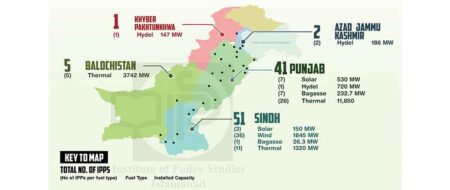


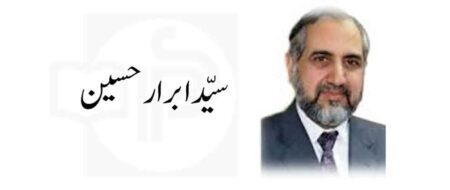
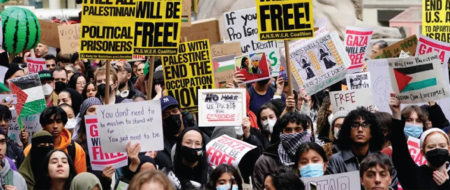
Comment (1)
Nice
Comments are closed.